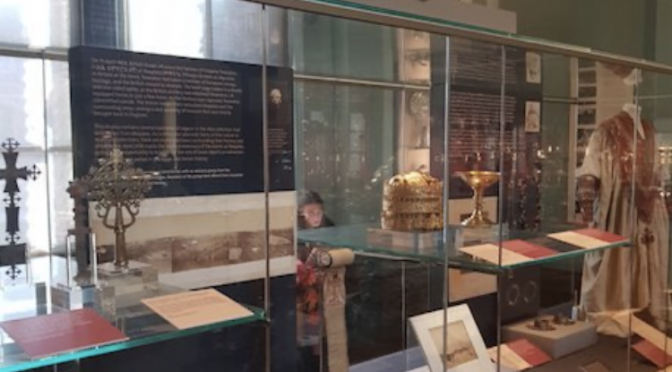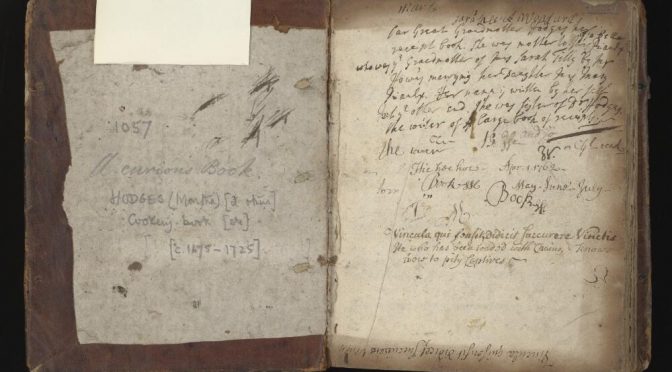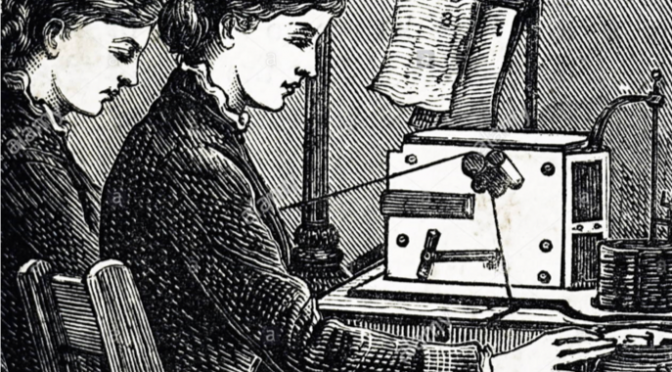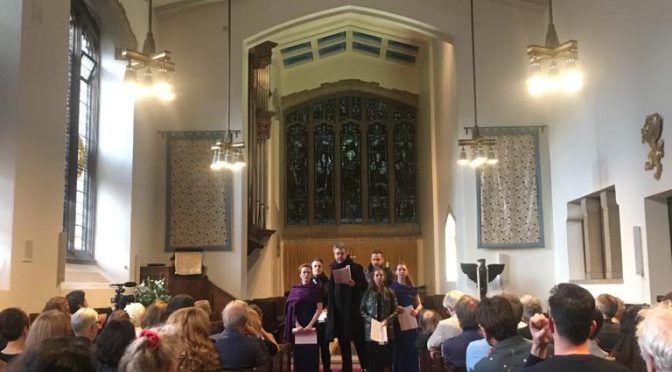by Abbey Ellis and Subha Robert William
The discipline of archaeology was born in the museum. In the words of Andrew Christenson, “museums were really the first professional homes for archaeology.” Indeed, museums in the mid-nineteenth century played an important role in the institutionalisation of archaeology, forming an essential stepping stone to the discipline we know today. The historical and contemporary intersections between archaeology, museums and collections provide ample scope for research and debate, as the relationship between archaeology and museums has been much altered over time through changing displays, practices, and museum politics.





